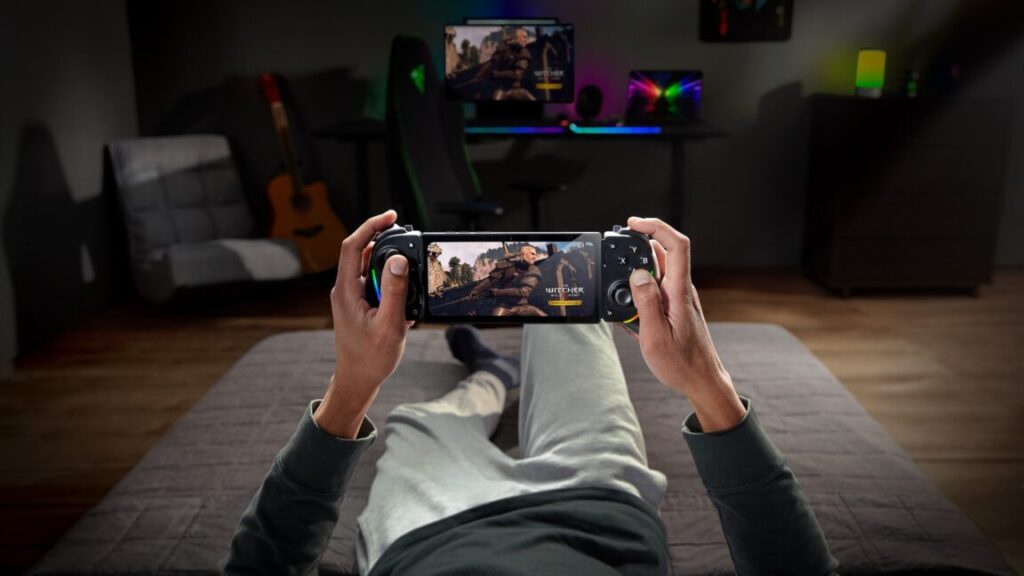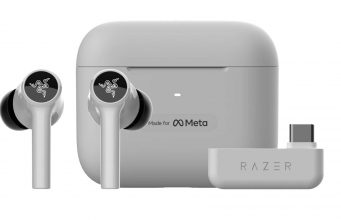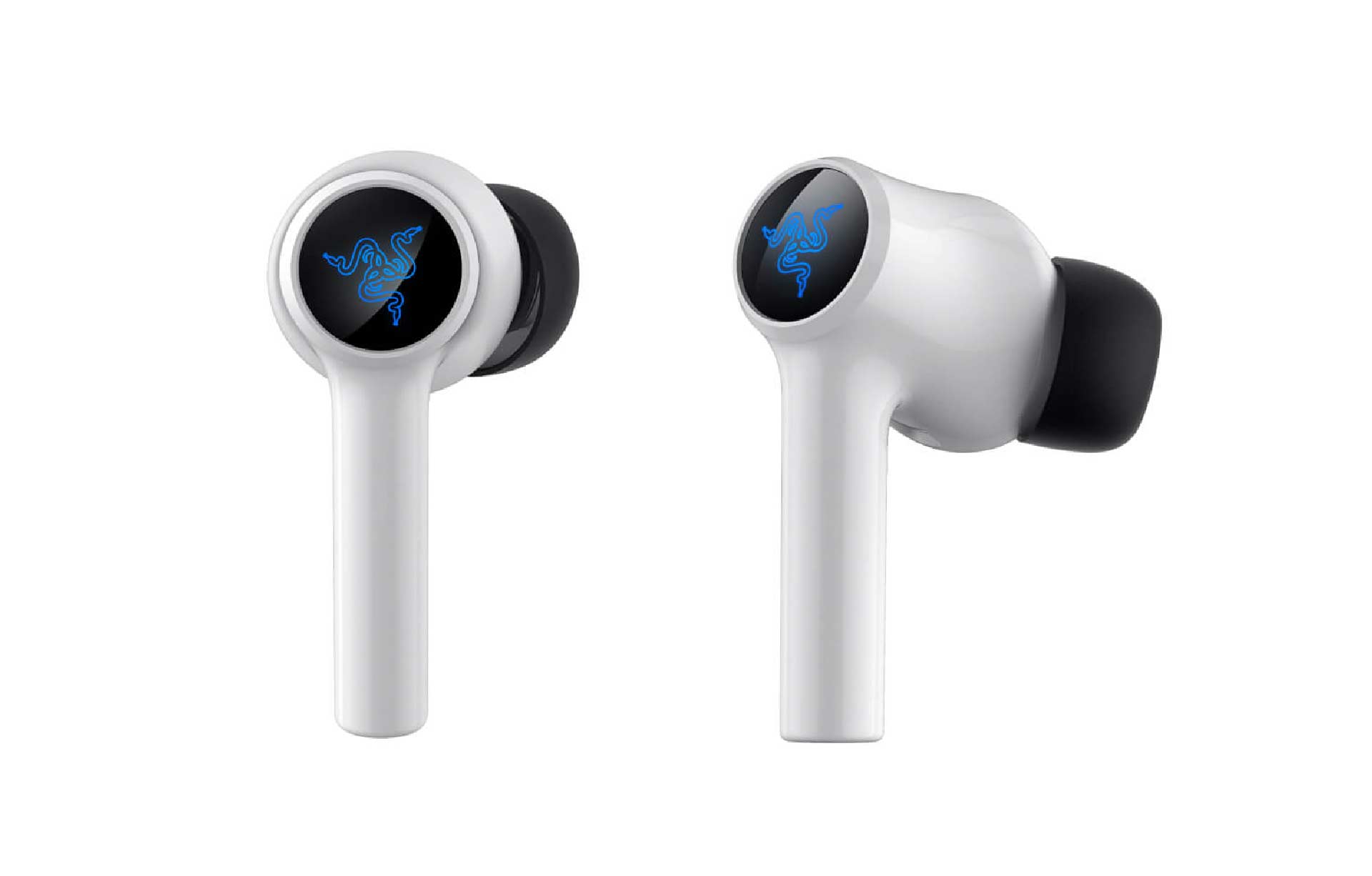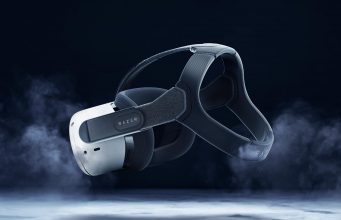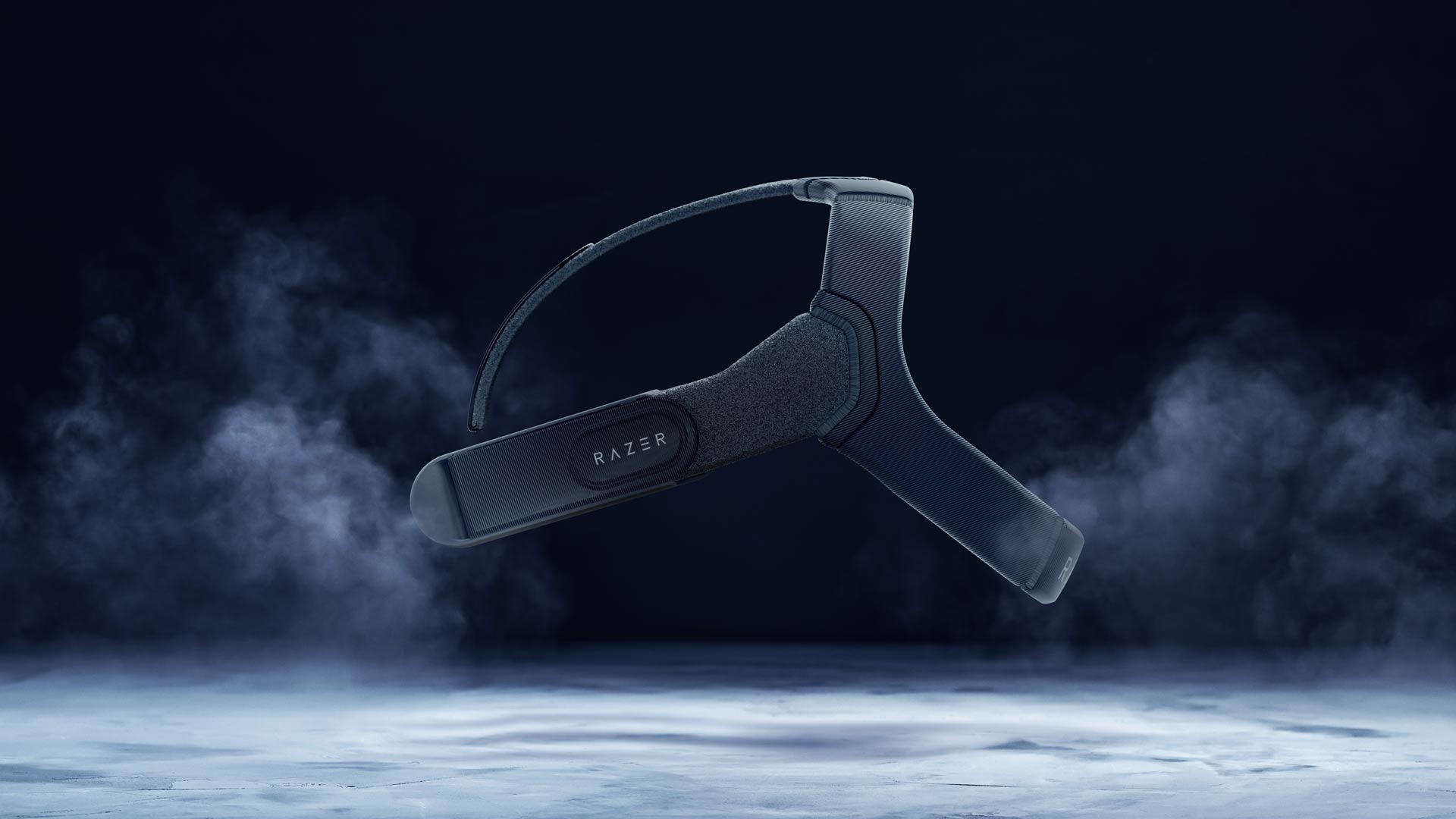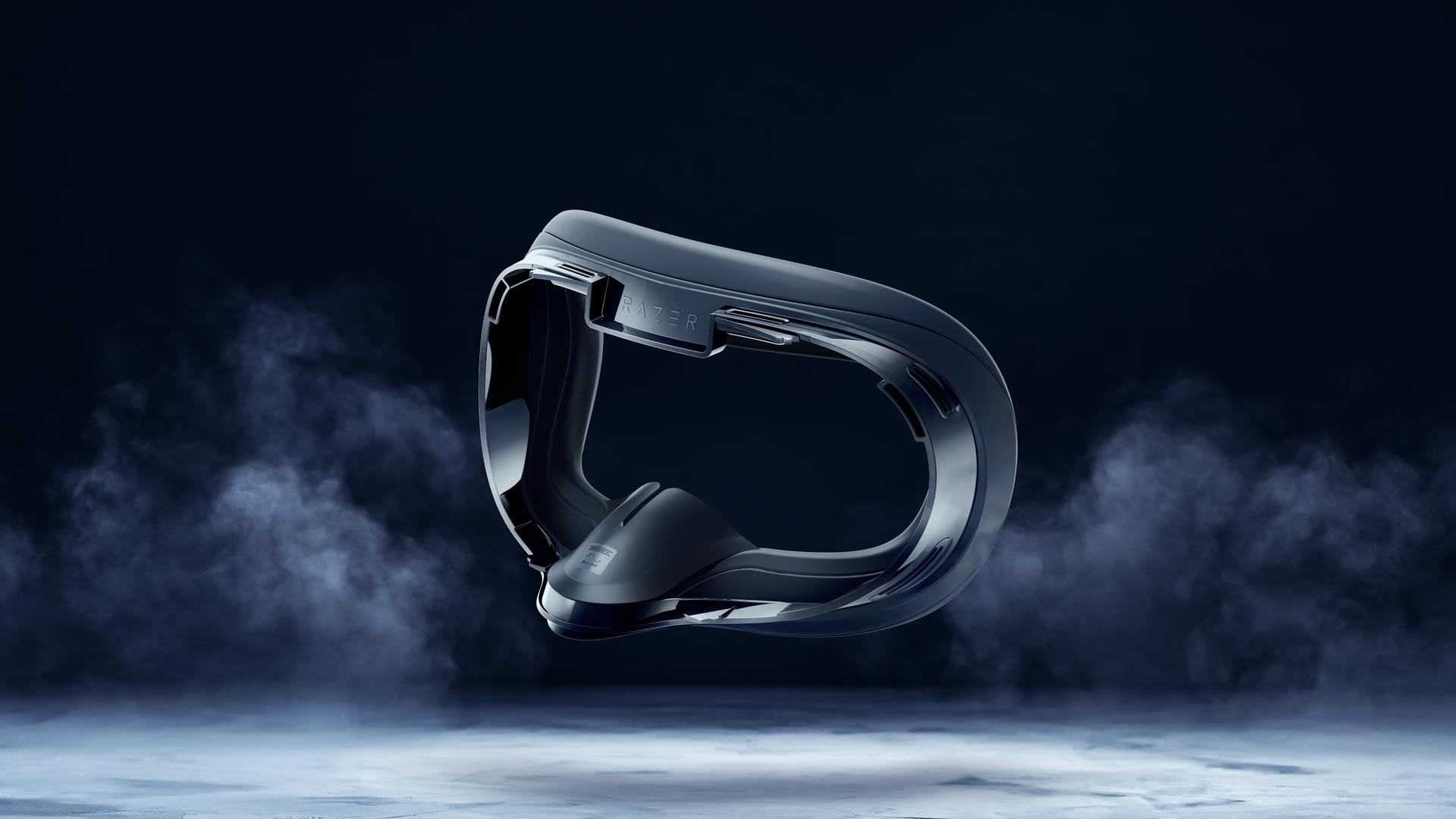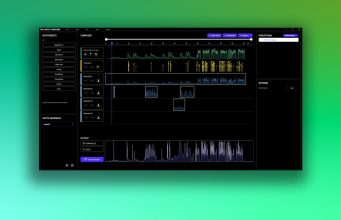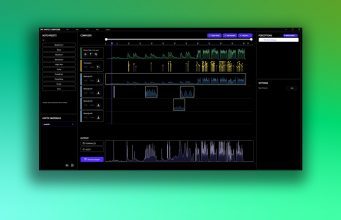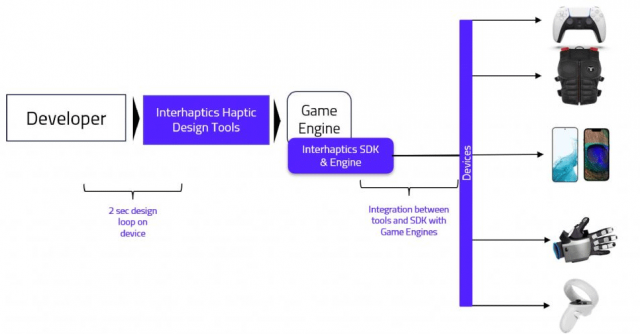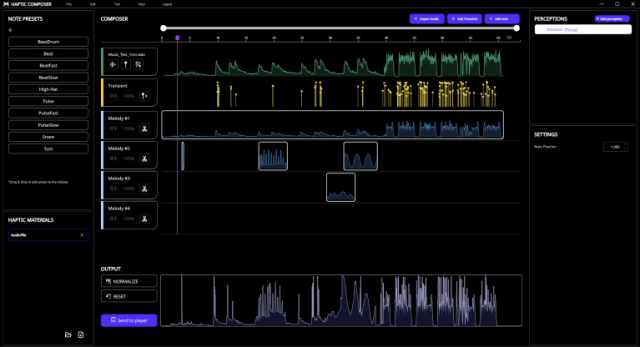Razer built a game-streaming app on top of Moonlight, and it’s not too bad
I intentionally touched as few settings as I could on each device (minus a curious poke or two at the “Optimize” option), and the experience was fairly streamlined. I didn’t have to set resolutions or guess at a data-streaming rate; Razer defaults to 30Mbps, which generally provides rock-solid 1080p and pretty smooth 1440p-ish resolutions. My main complaints were the missing tricks I had picked up in Moonlight, like holding the start/menu button to activate a temporary mouse cursor or hitting a button combination to exit out of games.
Razer’s app is not limited to Steam games like Steam Link or Xbox/Game Pass titles like Remote Play and can work with pretty much any game you have installed. It is, however, limited to Windows and the major mobile platforms, leaving out Macs, Apple TVs, Linux, Steam Deck and other handhelds, Raspberry Pi setups, and so on. Still, for what it does, it works pretty well, and its interface, while Razer-green and a bit showy, was easier to navigate than Moonlight. I did not, for example, have to look up the launching executables and runtime options for certain games to make them launch directly from my mobile device.
Streaming-wise, I noticed no particular differences from the Moonlight experience, which one might expect, given the shared codebase. The default choice of streaming at my iPad’s native screen resolution and refresh rate saved me the headaches of figuring out the right balance of black box cut-offs and resolution that I would typically go through with Steam Link or sometimes Moonlight.
Razer built a game-streaming app on top of Moonlight, and it’s not too bad Read More »
